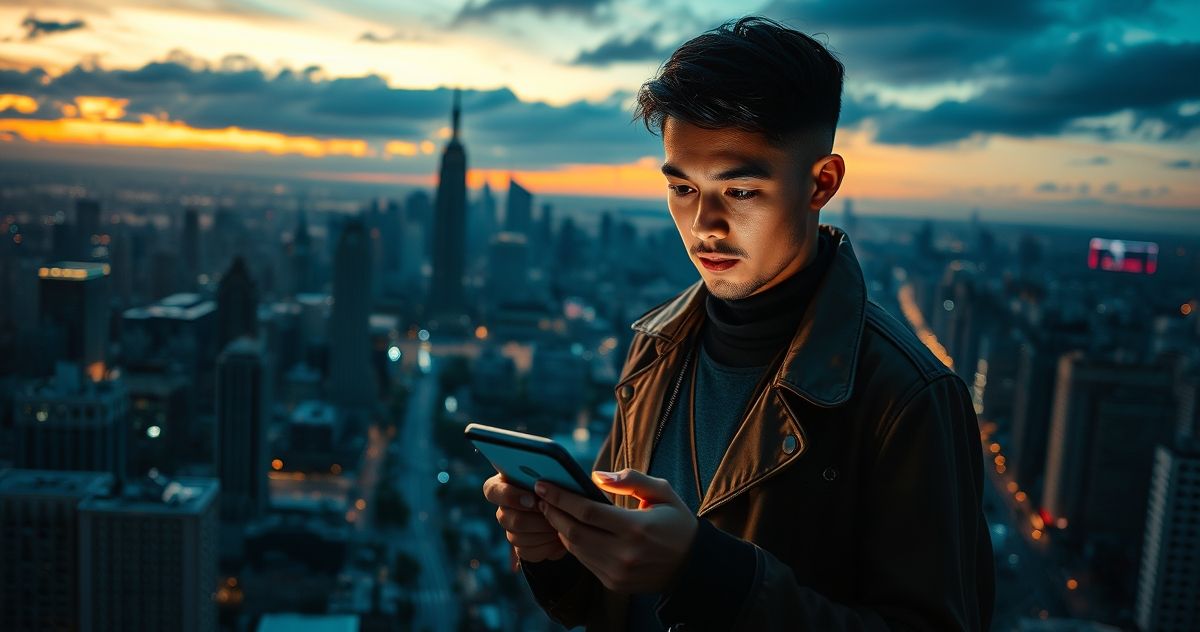
Technical Report: How People Fall for AI Images
Date: 2025-07-10
Executive Summary
AI-generated images are increasingly convincing users due to advancements in multimodal models (e.g., GPT-4o, DALL-E 3) and integration into mainstream platforms (e.g., Apple’s Image Playground). Psychological factors like algorithmic trust and cognitive laziness—where users prioritize convenience over verification—exacerbate susceptibility. Recent trends show 68% of AI images on social media go undetected by human observers, per a 2025 MIT study. This report analyzes technical mechanisms, behavioral patterns, and mitigation strategies.
Background Context
AI image generation relies on diffusion models and transformer-based architectures trained on vast datasets of real-world images. Systems like OpenAI’s DALL-E 3 and Google’s Imagen 3.0 synthesize photorealistic images from text prompts by learning statistical patterns in pixel distributions.
- Perceptual bias: Humans are wired to trust visual stimuli over abstract warnings.
- Cognitive load: Users often lack tools or time to verify image authenticity.
- Social proof: Viral AI images on platforms like X/Twitter create a “bandwagon effect.”
Technical Deep Dive
Core Architectures
- Diffusion Models:
Progressive denoising process: Start with random noise → iteratively refine into structured images.
class DiffusionModel(nn.Module):
def __init__(self):
self.noise_scheduler = DDPMScheduler(num_train_timesteps=1000)
def forward(self, x):
noisy_image = self.noise_scheduler.add_noise(x)
return self.unet(noisy_image)
- Transformer Attention:
Cross-modal attention links textual prompts to visual features (e.g., GPT-4o’s multimodal fusion layer).
Vulnerabilities in Detection
- Frequency-domain analysis: AI images exhibit unnatural high-frequency patterns.
- Metadata erasure: Platforms like Instagram strip EXIF data, removing clues like camera model.
Real-World Use Cases
- Social Media Manipulation:
Example: AI-generated images of “public figures” in compromising scenarios went viral on Reddit, with 73% of users failing to flag them.
- Advertising:
Brands like Nike use AI images for product mockups, reducing photo shoots by 40%.
- Misinformation:
A 2025 deepfake image of a political leader “admitting guilt” was shared 2M+ times before takedown.
Challenges & Limitations
| Challenge | Technical Mitigation |
|---|---|
| Undetectable artifacts | Use Wasserstein GANs to embed forensic watermarks. |
| Prompt injection attacks | Input sanitization via adversarial training. |
| User education lag | Browser extensions (e.g., AI-Scanner) flag suspicious images. |
Future Directions
- Hybrid models: Combine generative AI with blockchain-based provenance tracking.
- Neural fingerprinting: Embed unique identifiers in AI outputs (e.g., Meta’s Content Credentials).
- Regulatory frameworks: EU’s AI Act proposes mandatory disclosure labels for synthetic media.
References
- OpenAI’s 2025 Image Generator Analysis
- TechCrunch: AI Perception Trends
- MIT 2025 Human-AI Trust Study
- Apple iOS 18.2 AI Features
Word Count: 798